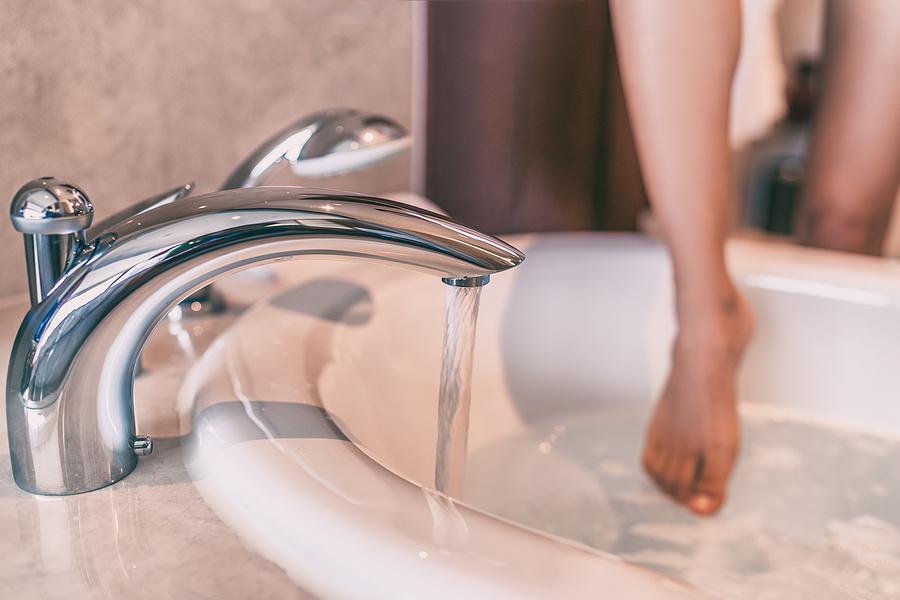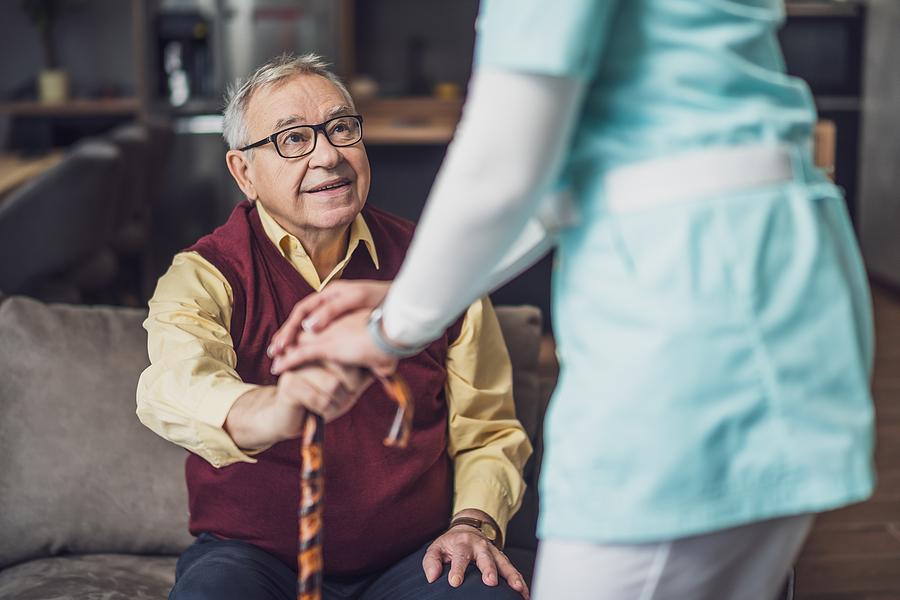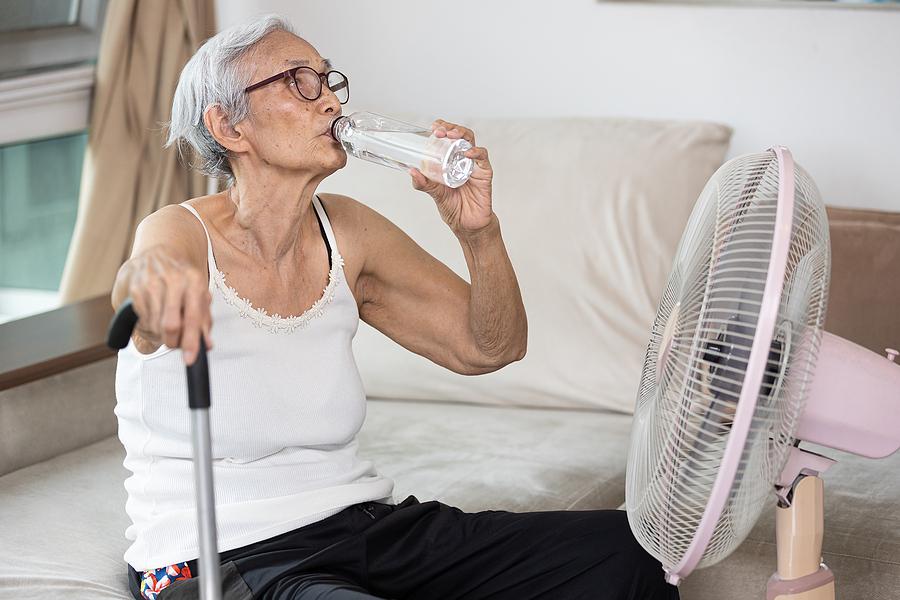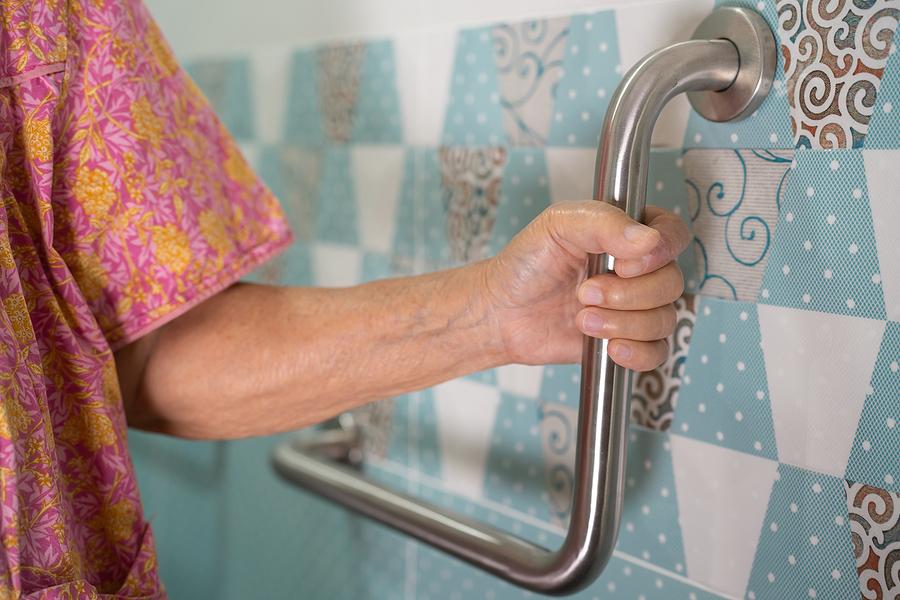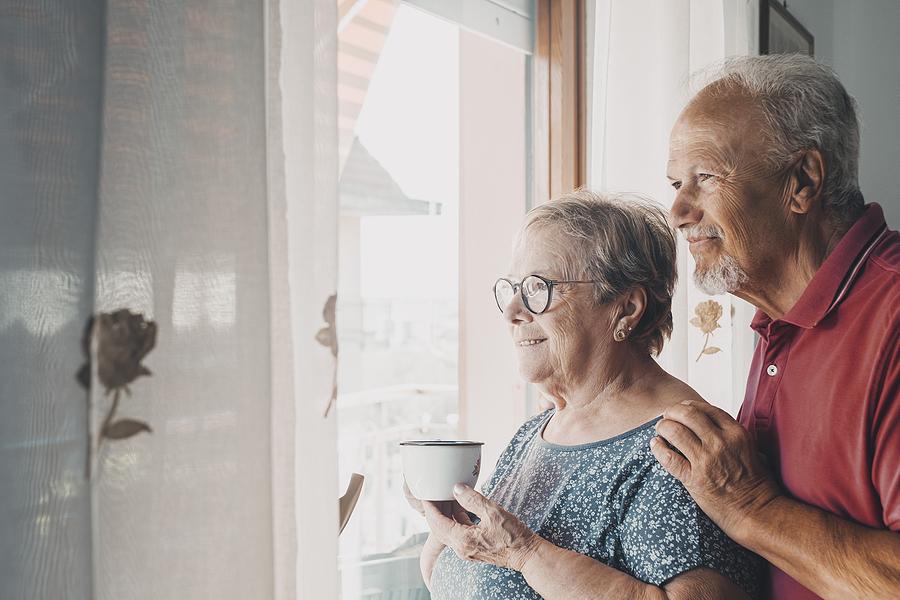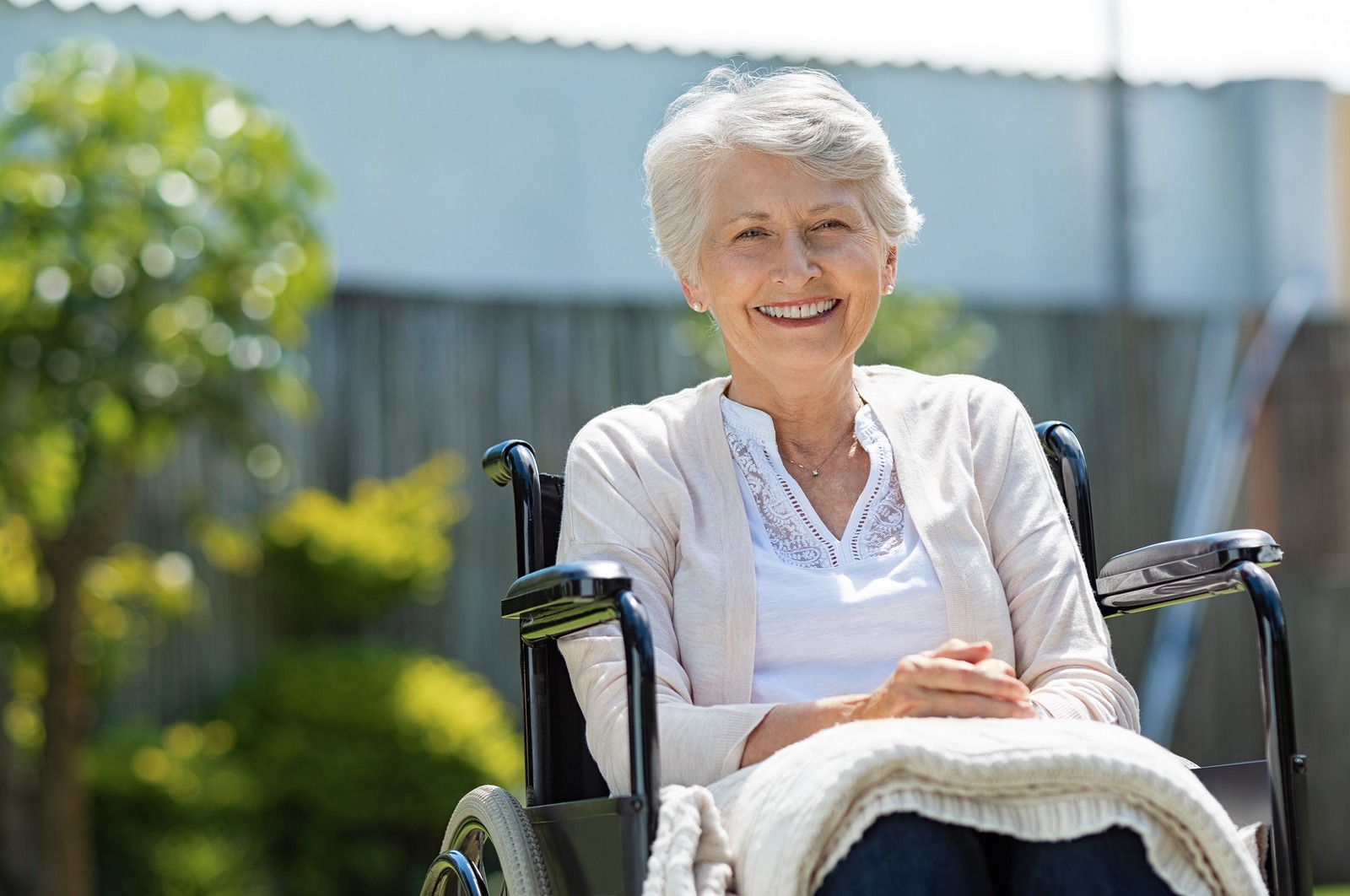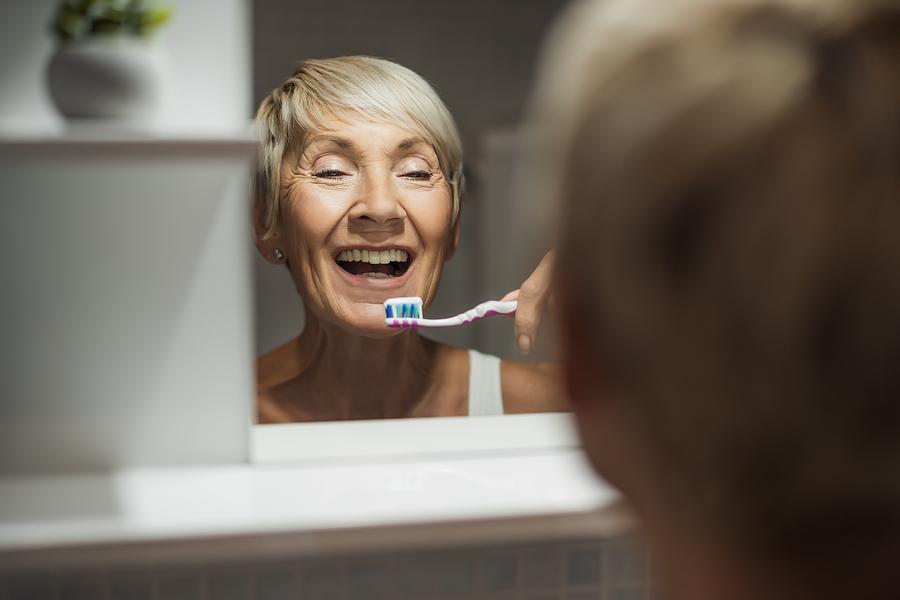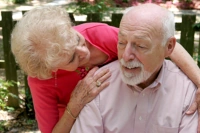
4 Common Age-Related Health Conditions
As we age, there are certain health conditions and illnesses that we’re more likely to develop and it can be helpful to familiarise yourself with the most common of them so you can be aware of the signs and symptoms, seeking medical advice as and when appropriate.
Arthritis, for example, is particularly common among elderly people (although it can affect anyone at any age), characterised by joint pain and inflammation. It can lead to various mobility problems and you may need help with personal care, such as going to the toilet, dressing or washing.
Hearing loss is another very common condition in those over the age of 50, affecting around 40 per cent of people in the UK. If you are experiencing hearing loss, there are assistive devices out there that can help you at home, everything from telephone amplifiers to flashing and vibrating doorbells and alarms.
Osteoporosis is something else to be aware of, often referred to as the silent disease, as you may have it without even knowing it. It’s a progressive condition that leads to more fragile bones as you age, bones that are then more likely to break easily. The bones in your hips, wrists and spine are especially vulnerable.
Risk factors for osteoporosis include being over 50, gender (with the condition more common in women because of oestrogen loss during menopause), low body weight, other conditions like Crohn’s disease and rheumatoid arthritis and an unhealthy lifestyle.
And it’s not just physical conditions that you might like to be more aware of… supporting your mental and emotional health is important as you get older, as well.
Figures show that half of all adults over the age of 55 have experienced common mental health conditions, with triggers including ill health, the death of loved ones and financial worries. Isolation and loneliness can also have a big impact on mental health.
Remember that feeling down isn’t just a natural part of getting older and shouldn’t be accepted as such. It’s an indication that you’re not feeling as well as you should be, so it’s important to seek help and support if necessary.
Looking for easy access baths at the moment? Get in touch with Practical Bathing today to see how we can help.

